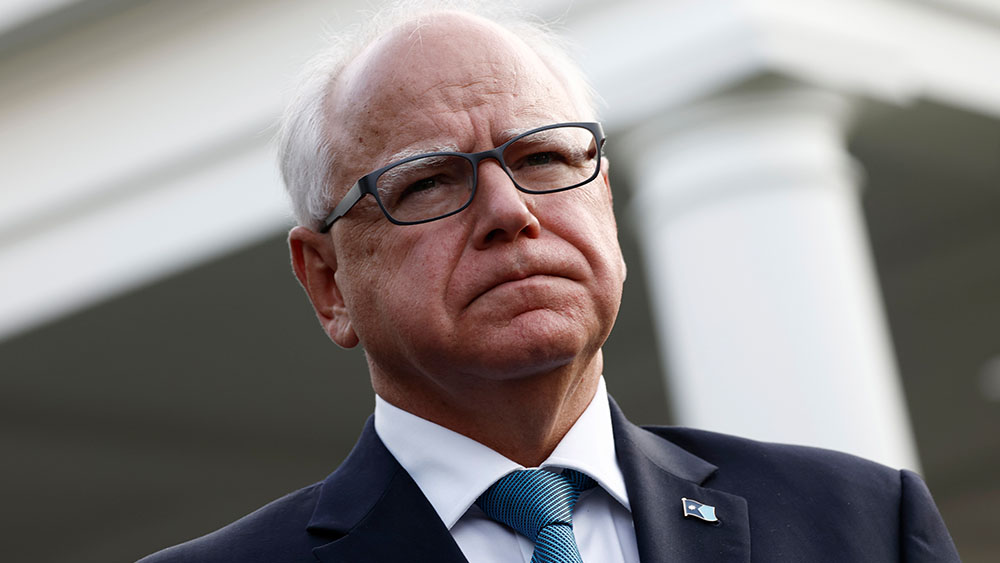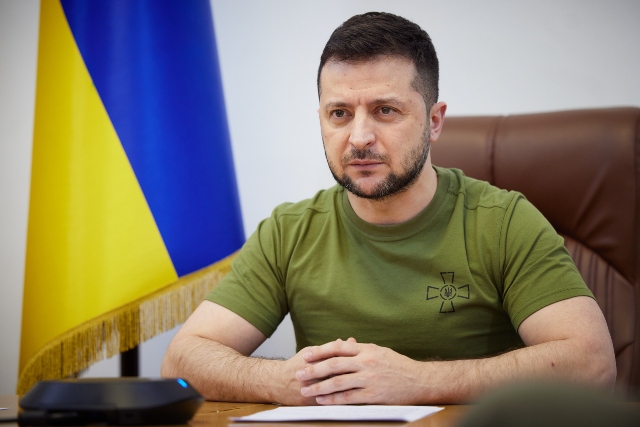 Parler
Parler Gab
Gab
In [the] hospital, I discovered a change in the attitudes of nurses, doctors, orderlies, and therapists. There was a subtle undercurrent that was almost tangible. I had nurses neglecting me, forcing me to try and walk while they stood at a distance and watched with arms crossed. It was evident the medical staff preferred not to treat me.In 2018, she was asked by a doctor at Victoria General Hospital if she’d ever considered assisted suicide. In 2019, at the same hospital, she was offered assisted suicide once again. To escape the medical system in British Columbia, Hancock moved to a town on the Saskatchewan-Alberta border. After a fall, she was taken to the hospital in Medicine Hat, where during a three-week stay, a nurse came to her bed and advised her to opt for assisted suicide. “If I were you, I would take it in a heartbeat,” the nurse said. “You’re not living, you’re existing.” Hancock was horrified and told the nurse she would never choose assisted suicide and that her “life has value and no human being has a right to say otherwise.” Stories like those of Foley, Polewczuk, Hancock, and many others should be deeply disturbing to us – they are indicative of a human rights crisis that has grown at a breathtaking pace over the past few years. Suffering, sick, and disabled Canadians are constantly being offered assisted suicide when they are at their most vulnerable, while Dying with Dignity activists and euthanasia advocates such as Dr. Ellen Wiebe claim that all is well in Canada’s killing regime. Because the truth is so horrible, many people prefer to listen to these reassuring voices. The alternative is to recognize that Canadians are being bullied into lethal injections in places of care. Despite all this, the Canadian press is now campaigning to see the last safe spaces for the suffering removed. A key goal of the euthanasia activists is to force all institutions – religious or not – to offer and conduct lethal injections on site. First suicide became a “right”; offering it has become an obligation. And so we get stories with titles like this, from CTV: “A B.C. woman turned to MAID for peace. Her family says her death was undignified, traumatic.” The parents and doctor of a woman who died by euthanasia are suing both Providence Health Care and the B.C. government because she had to transfer out of St. Paul’s Hospital to get a lethal injection. The CBC followed that story with another report focused on Providence Health Care: “Providence Health reveals 19 patients were forced to transfer this year due to its MAID policy.” Notice the framing of the story – no patient was “forced” to do anything. Some hospitals don’t kill people, and so if you are seeking a lethal injection, you must transfer elsewhere. The CBC chose not to speak to disability advocates or others who could have highlighted the extreme importance of euthanasia-free places – instead, they spoke with University of Ottawa professor Daphne Gilbert, who worked with Dying with Dignity Canada on a legal challenge to force hospitals to offer it on-site. “Dying with Dignity” is described, absurdly, as a “human-rights charity.” Canada’s journalists should, at this point, know how disastrous legal euthanasia has been. They have reported many of the abuses; they have surely read coverage of the abuses published right across the anglosphere. But they have not learned their lesson. Once again, they are doing the bidding of Canada’s euthanasia activists and exploiting the pain of the dying to force killing into the last safe places in the country. Read more at: LifeSiteNews.com
Tim Walz supports normalization of PEDOPHILIA in the LGBT community
By Laura Harris // Share
Zelensky mocks West for being overly “concerned” about escalating war with Russia
By Ramon Tomey // Share
Governments continue to obscure COVID-19 vaccine data amid rising concerns over excess deaths
By patricklewis // Share
Tech giant Microsoft backs EXTINCTION with its support of carbon capture programs
By ramontomeydw // Share
Germany to resume arms exports to Israel despite repeated ceasefire violations
By isabelle // Share










